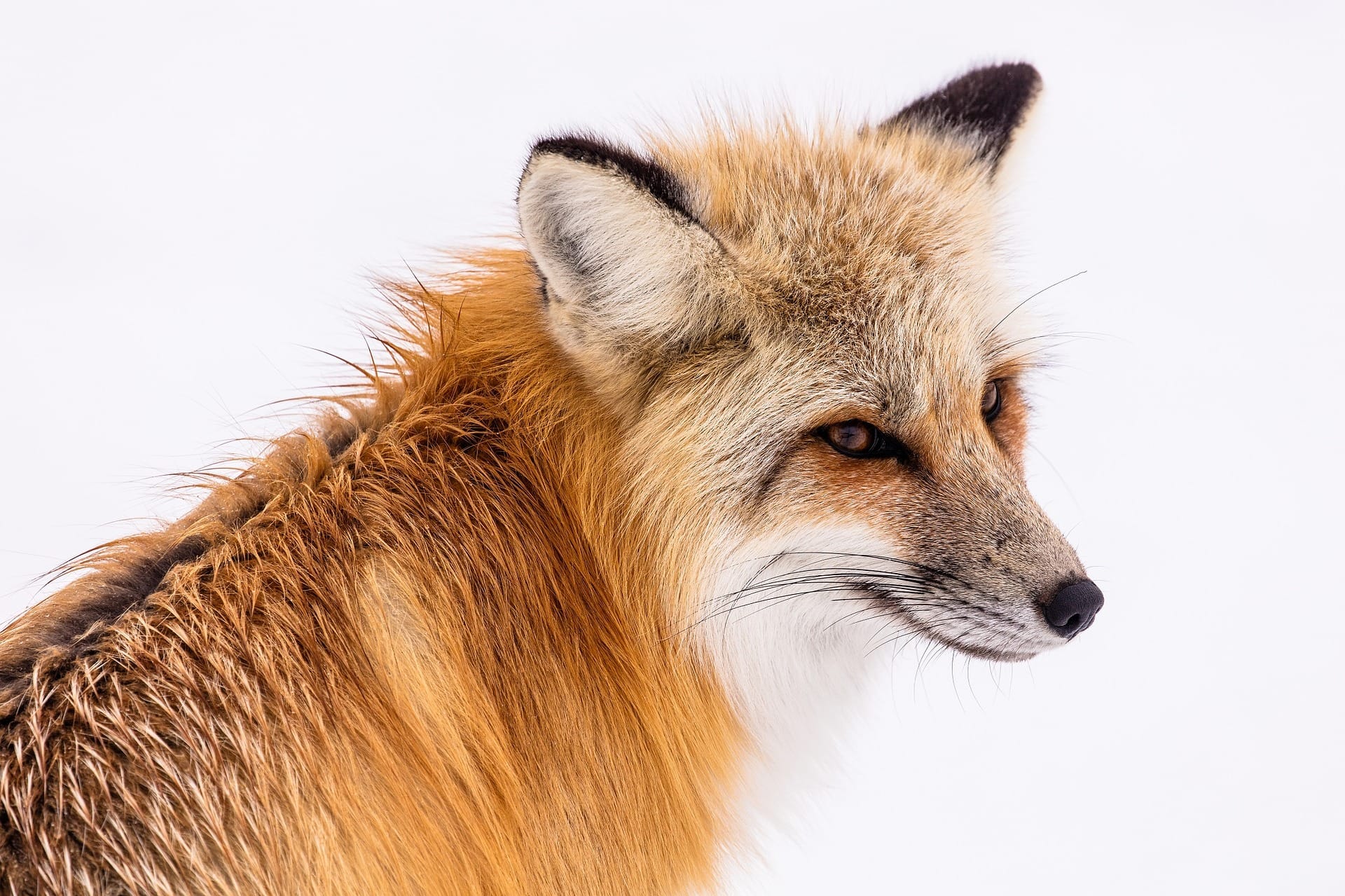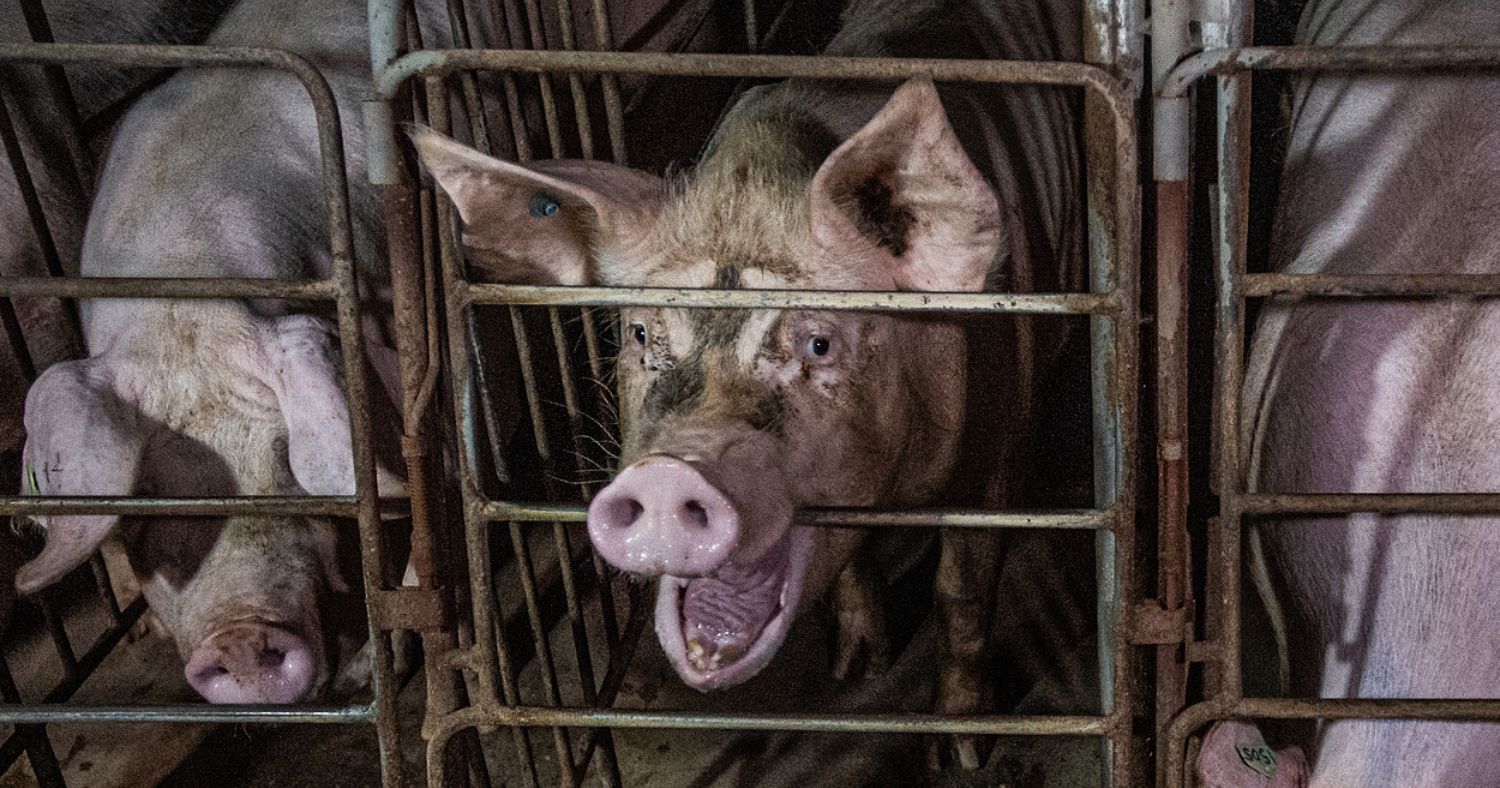For years, animal advocates have been fighting to shut down the horrific fur industry. It’s been a long, hard battle, but major victories in 2018 for fur-bearing animals have proven that times are finally changing!
Over four million animals are killed for their fur in Canada every year, with global estimates reaching into the hundreds of millions. Most of these animals were confined on fur farms, where they spend their entire lives in small cages, and suffer both physically and mentally. Caged animals are known to cannibalize their cage-mates, exhibit stereotypic behaviours—indicative of mental distress, and self-mutilate due to the stress of confinement.
Animals are also trapped in the wild with extremely painful traps and snares. For example, leg-hold traps have been banned in 90 countries, but this bone-crushing device continues to be legally used in Canada. Animals caught in leg-hold traps are known to chew off their own limbs to escape, and can wait for hours or days before being brutally killed by the trapper Animals killed in snares often suffer slow and painful deaths by strangulation.
While the sheer number of animals affected by the fur industry is heartbreaking, 2018 was a landmark year for animals used for fur. Take a look at some of the legal and social achievements for these animals, and be inspired to believe that the days of the cruel fur industry are only getting shorter and shorter.
Legal victories
2018 was incredible year filled with legal victories to combat fur industry cruelty. In January, Norway— once the world’s largest producer of fox pelts—banned fur farms, with the new law going into effect in 2025.
Major American cities are also leading the way in banning fur sales. San Francisco enacted a ban in March 2018, joining other California cities Berkley and West Hollywood. Los Angeles is in the final stages of introducing a fur ban, too, and historic legislation has now been introduced in California that would usher in a state-wide fur ban.
Luxembourg banned fur farms in June 2018, with the legislation having taken effect in October of this year. In July, a new Belgian law banned fur farms in the country, including a five-year transition period. And now, lawmakers in Amsterdam and the UK are considering introducing legislation to ban the sale of fur as well.
Canada has seen legal progress, too. The first known animal cruelty charges against an Ontario fur farm were laid in May 2018, sending a signal that fur farm cruelty isn’t above the law.
2019 is off to a great start as well, with a fur farm ban in Serbia going into effect after a 10-year transition period!
Fur-free fashion revolution
Meanwhile, there has been an unstoppable domino effect of major fashion labels vowing to never again use fur in future collections.
In 2018, these fashion houses banned fur: Burberry, Diane von Furstenberg, Maison Margiela, Jean Paul Gaultier, Donna Karan / DKNY, Versace, Chanel, Coach, Belstaff, John Galliano, and Furla.
Ultra-famous pop culture and style icon Kim Kardashian announced in 2018 that she would go fur-free. Given her incredible influence, this move was an incredible signal that cruelty in fashion is no longer acceptable.
London Fashion Week was officially fur-free this year. This iconic event was the first major fashion week in the world to ban real fur from the runway. London Fashion Week was previously targeted by animal advocates and compassionate citizens for promoting animal cruelty. The event’s groundbreaking shift points to the fact that animal advocacy works!
Times are changing
The fur industry has been historically secretive about its horrific processes. But thanks to countless exposés, and the age of social media, society is waking up and gaining awareness of the cruelty of the fur industry.
And while many brands are making the compassionate switch to animal-free materials, some have been refusing to change.
Canada Goose as an example, still peddles parkas made with suffering, filled with down and trimmed with the fur of tortured coyotes.
But as consumer attitudes continue to change, fur losses its social acceptance, and legal victories for animals continue to be won, the brands that continue to torture animals for the sake of fashion will be forced to change their ways—or become irrelevant to an increasingly compassionate body of consumers.
Join the Animal Justice mailing list




